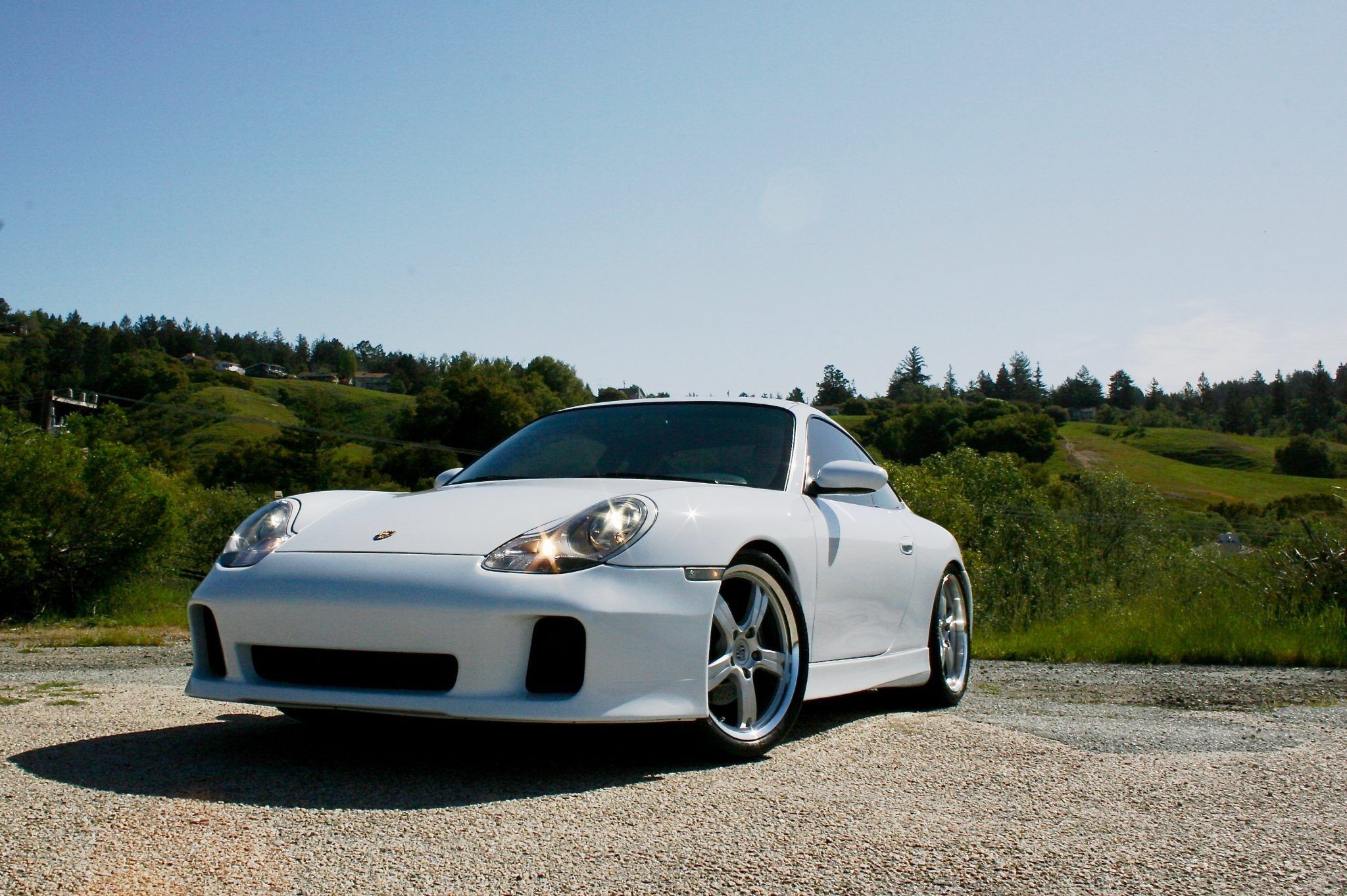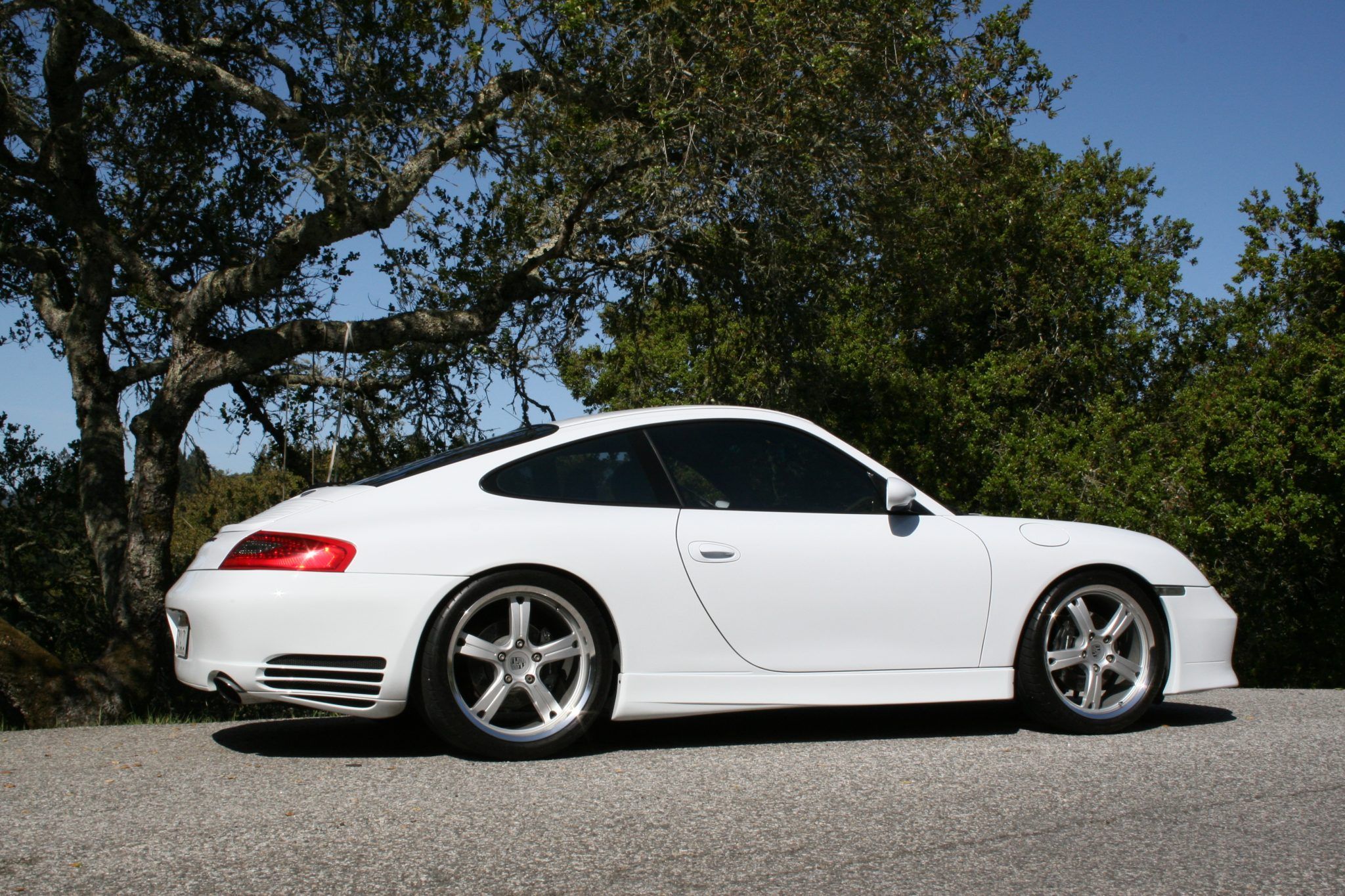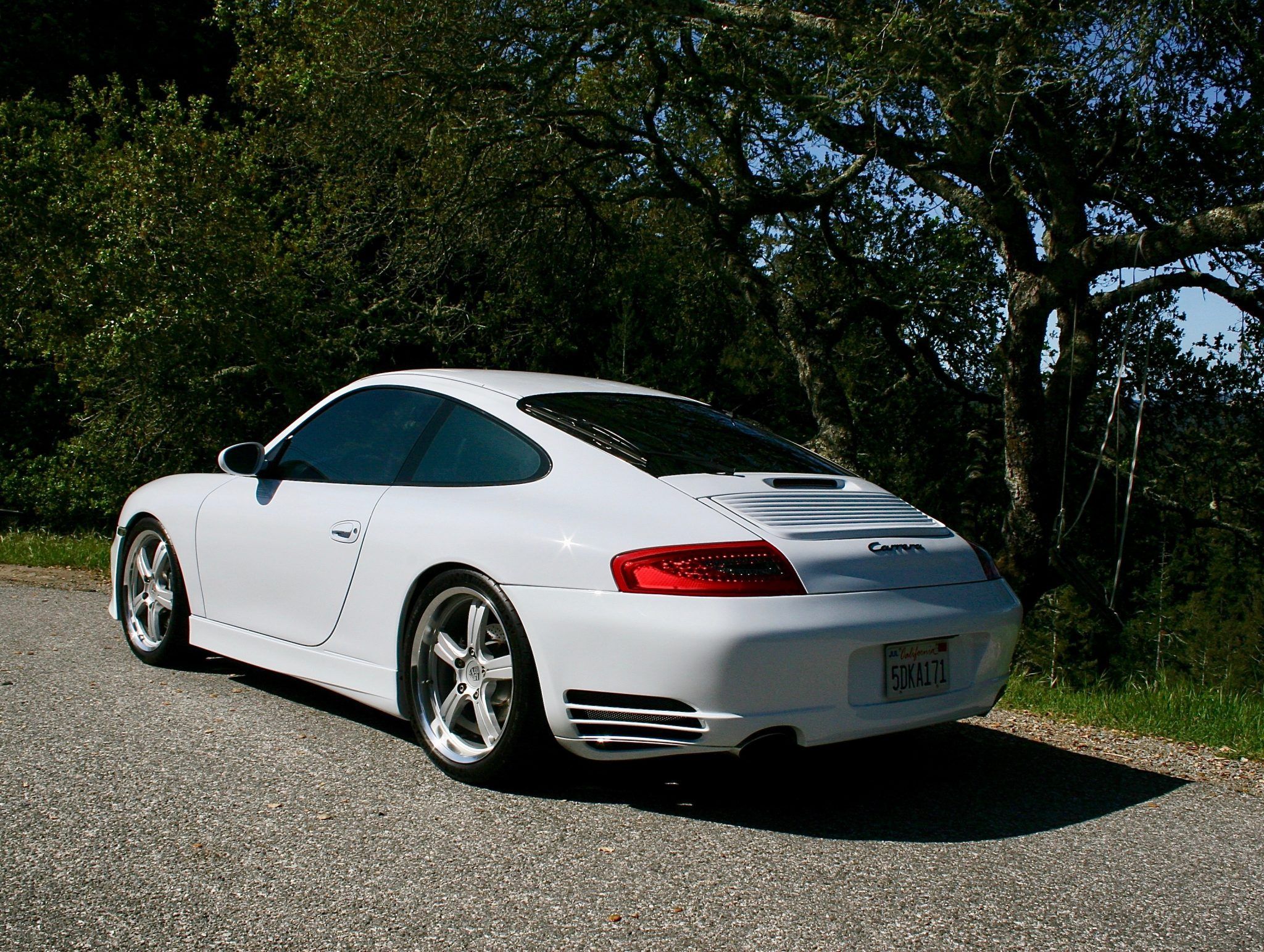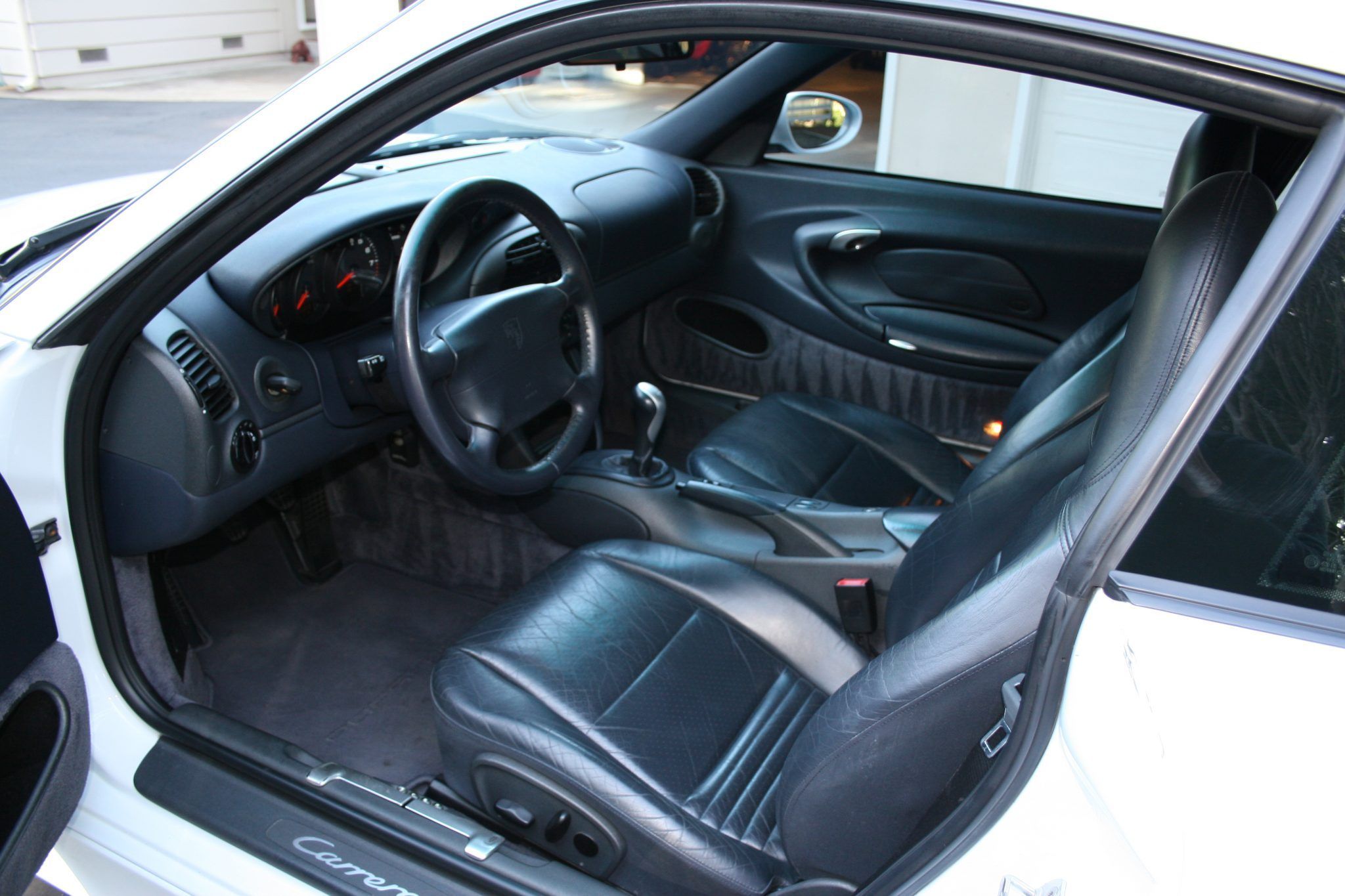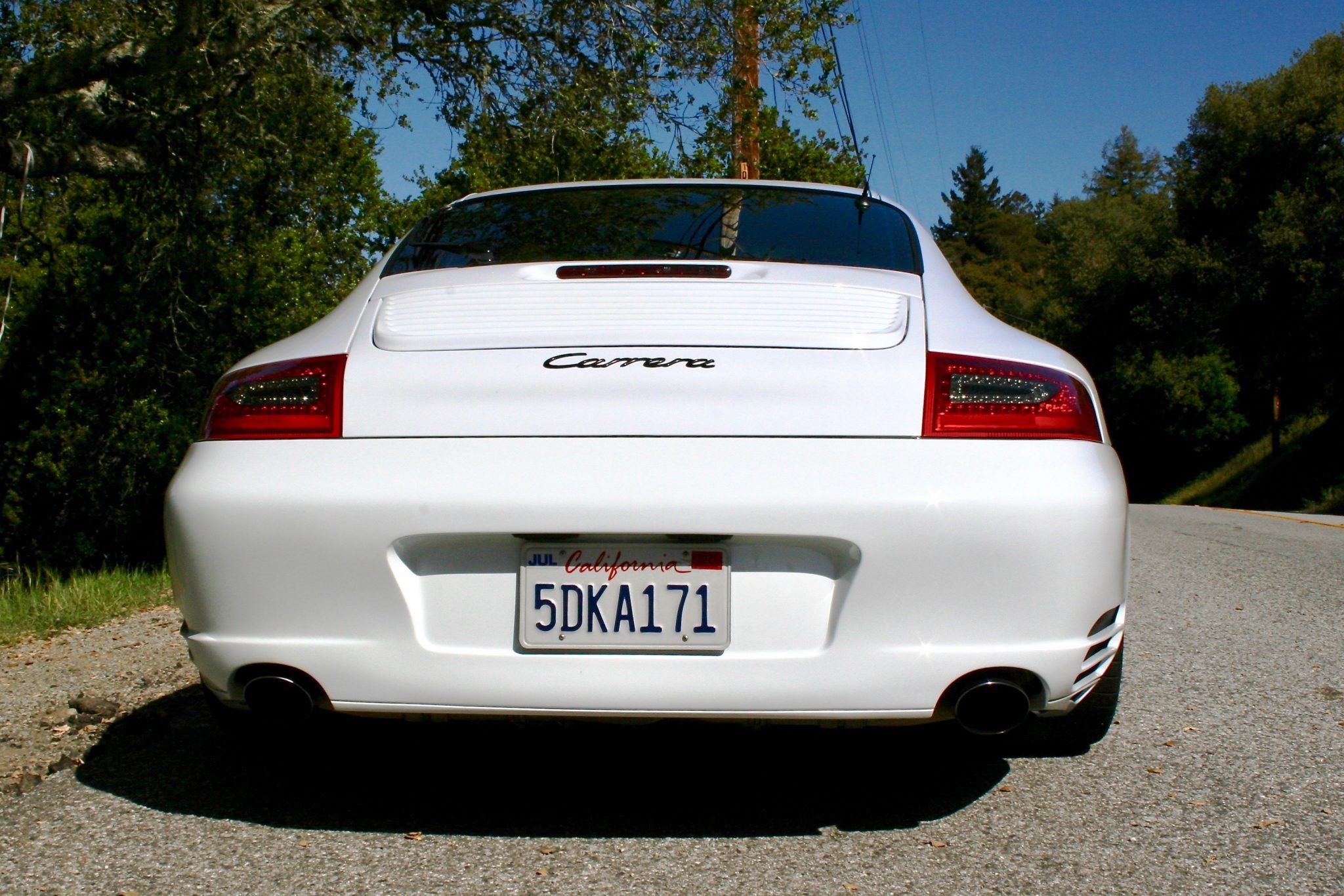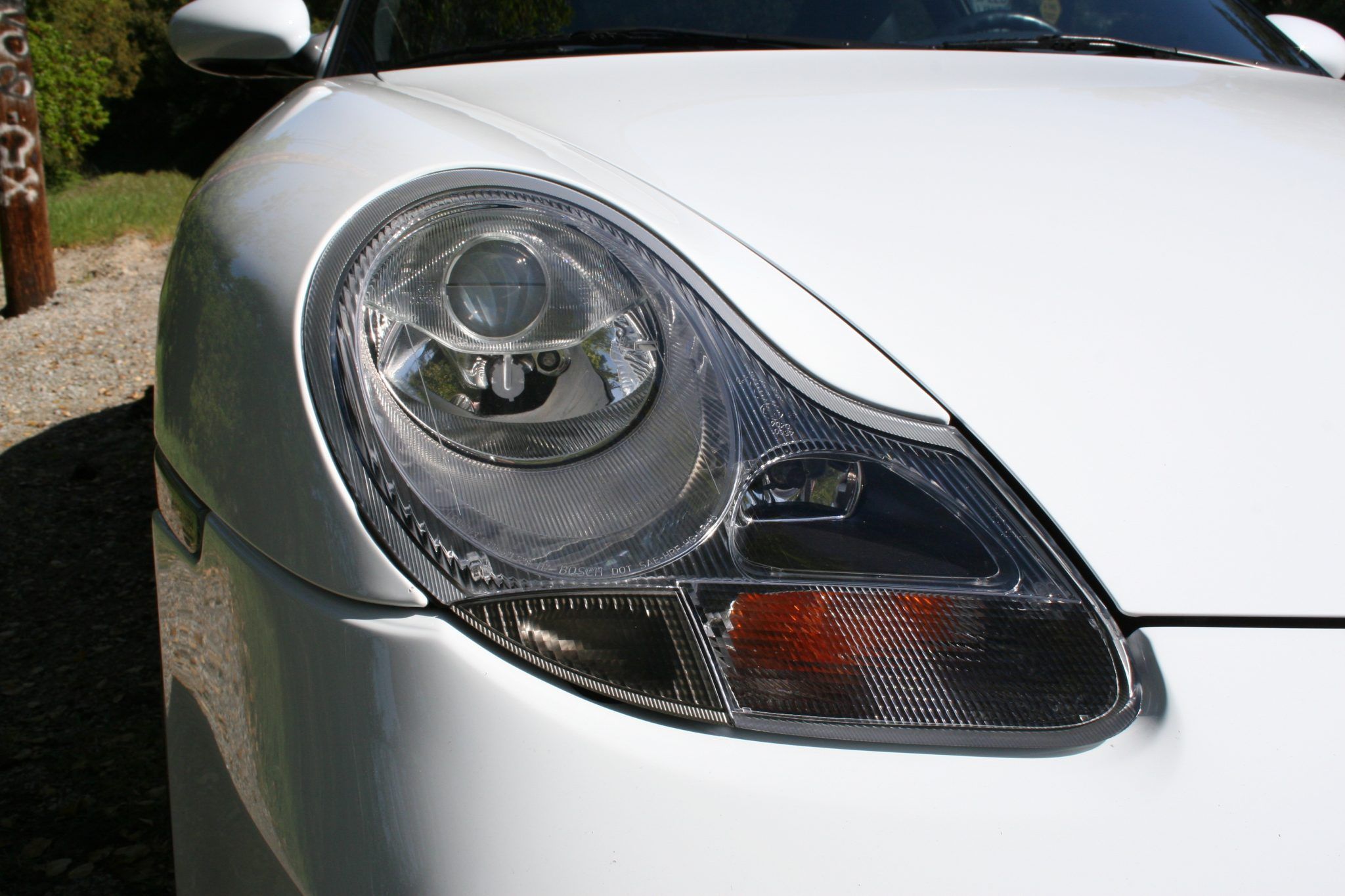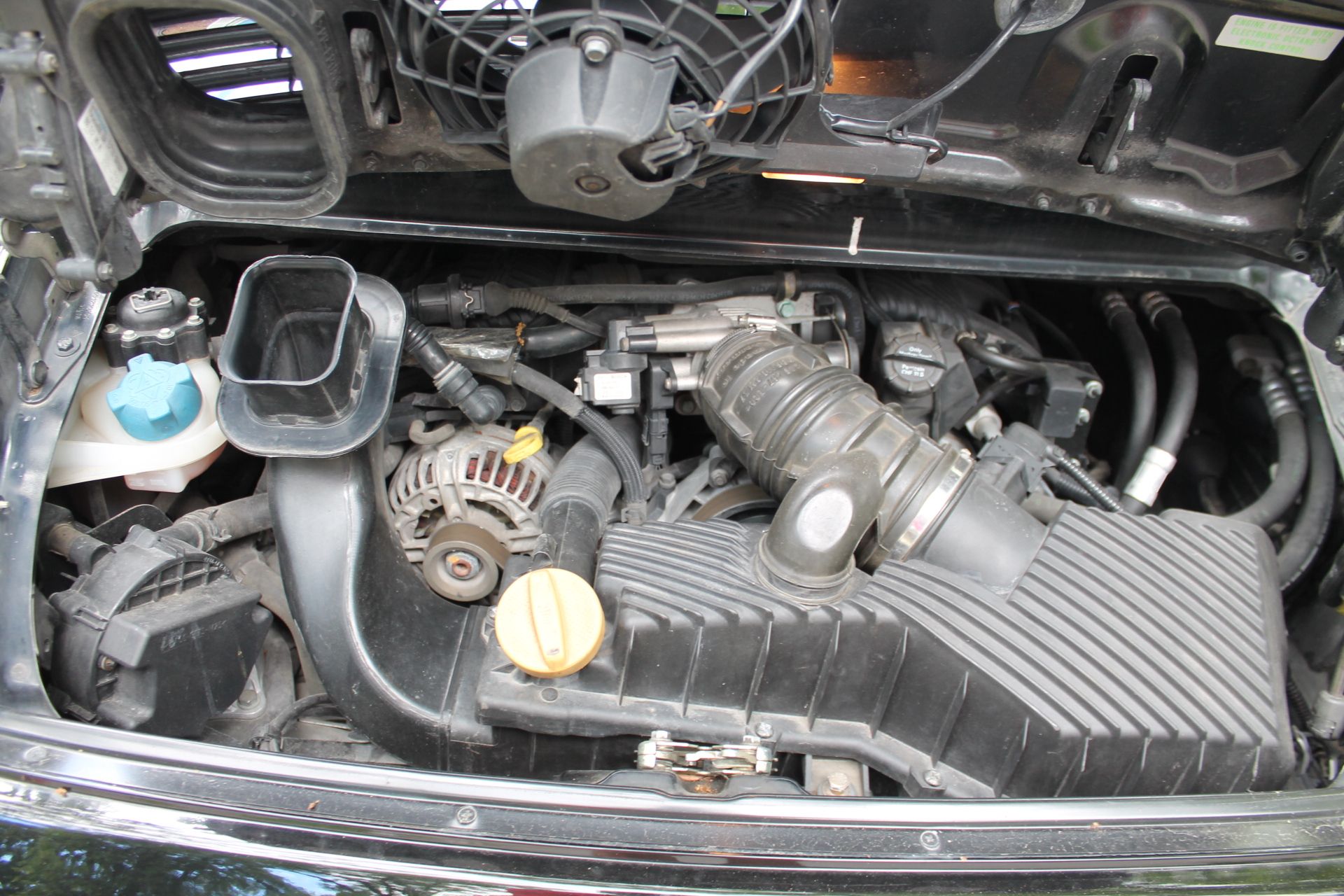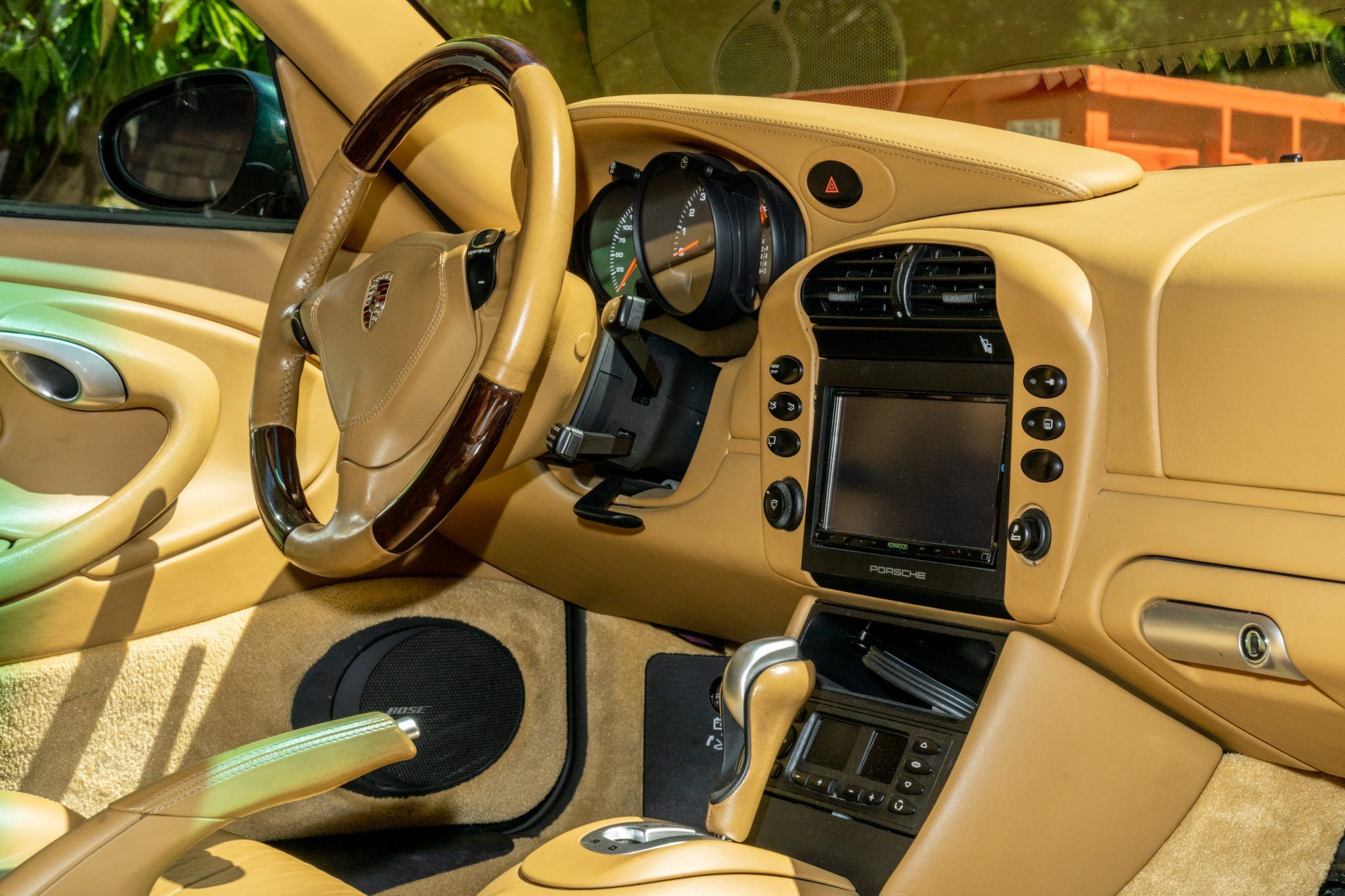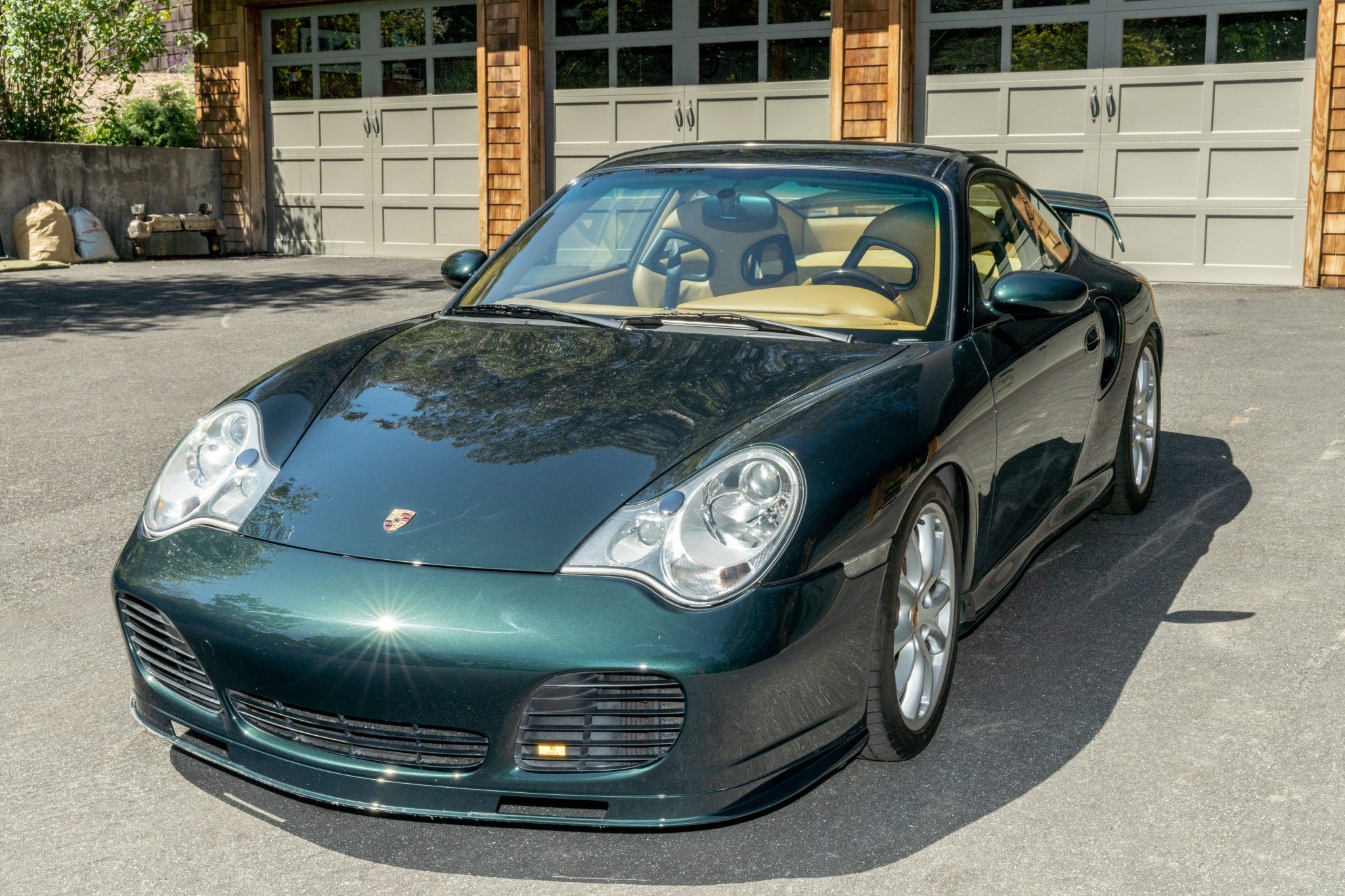The Porsche 911 has had a long and illustrious history that dates all the way back to 1963. Basically becoming the posterchild for performance and what a true sports car should be, it has quite the cult following. One could even argue that it’s one of the most loved sports cars in the world. But, despite all of this love, there’s one generation that stands out as inferior, and that my friends is the 996 generation that was built between 1997 and 2004. Well, technically it stayed in production to some extent until 2006, but we’ll talk more about that later. So, was the 996 911 really such a bad car, and should you risk buying one today? It’s not as bad as you might think, although, there are some things you need to know about it.
The 996 Porsche 911 Was The First Water-Cooled 911
This is the one fact that really rubbed Porsche purists and fanboys the wrong way. The 996-generation was the generation that killed the much-loved air-cool flat-six that had been used for decades. It was such a smack to the face to purists that a lot of folks still prefer the 993 generation that preceded the 996. The switchover to water cooling as opposed to air cooling wasn’t exactly an easy choice for Porsche but it had to be done primarily to help meet stringent emissions standards. That’s right, even way back then world governments were shaking up the car world. The change to water cooling did make a big difference, though, and if you’ve ever been stuck in gridlock in a 996 you’ll know what I mean – you really don’t have anything to worry about. Your buddy in his 993, though, you’ll see him start to sweat after too long at idle – it’s just the nature of old air-cooled engines. There were other advantages, though too.
The 996 Was More Powerful, Despite Having A Smaller Engine
The change over to water cooling in the 996-gen 911 meant that Porsche was able to extract more power from a smaller engine. This transition saw the flat-six move from 3.6-liters of displacement to 3.4-liters of displacement. The new 3.4-liter was also able to benefit from four valves per cylinder. The benefit in terms of performance is undeniable. As the new 996 911 was able to put down 300 horsepower in base form, making the entry level Carrera 0.7-seconds faster to 62 mph than the base 993.
That’s not to say that Porsche dropped the 3.6-liter engine altogether, though, as it lived on in higher-performance models. Throughout the generation the 996 was offered with the aforementioned 3.4-liter, a naturally aspirated 3.6-liter, and a twin-turbo flat-six. A six-speed manual was the big desire, but a five-speed “Tiptronic” automatic was also available. Power output ranged from 296 horsepower to as much as 476 with and it was available in both RWD and AWD configurations. The 62-mph sprint was completed in as little as 3.6 seconds in the 911 GT2 or 5.4 seconds in the base Carrera.
It Was The First 911 to Feature a Brand New Chassis
Believe it or not, up until 1997, Porsche had been using the same chassis and suspension from generation to generation. Of course, it was upgraded with each generational shift and evolved to some extent, but the 996 911 was the first 911 since its inception to feature a brand-new chassis and suspension system. This meant the 996 was larger and sleeker, and it finally solved the handling issue that plagued early 911s. What handling issue? I’m talking about the way pre-996 911s used to dangerously oversteer under heavy cornering. Thanks to the new platform, the 996-gen didn’t suffer from this problem.
Everyday Practicality and Reliability
Thanks to the new chassis and suspension design of the 996 911, a lot of outlets praised it for its impressive handling, reliability, and practicality. In a 1998 review from the New York Times, it was said that the 993-gen was, in fact, inferior:
Even Car & Driver was fond of the 996 after doing a long-term review, accumulating thousands of winter miles. The outlet was very pleased with the 996-gen’s “everyday practicality and reliability.”
It’s Not All Good In The Hood, Though
So, if the 996-gen was so great and it handled so much better than the model that preceded it, then why is it still the most unloved 911 of all time? Well, it wasn’t without its problems, some of which were kind of hard to forgive…
Replaced the Iconic Round Headlights – It Looked Weird
Along with the new chassis and suspension design, Porsche was able to make the new 911 wider, sleeker, and more agile while solving some handling problems at the same time. However, this is also the one generation of 911 that ditched the traditional oval headlights for something that was, well, just out of place on a 911. The oval headlight was still there, technically, as the lens even had an oval outline to try to preserve the iconic look, but the lens also had a winglet of sorts that met up with the front hood. It just didn’t look right compared to other 911s.
A Fatal Flaw Could Lead to Catastrophic Engine Failure
Outside of the funky headlights and the switch to water cooling, what really gives the 996 a bad name is the fact that it’s known for catastrophic engine failure. The 3.4-liter engine’s camshaft and crankshaft were connected via something known as an intermediate shaft. This shaft, as you can imagine, spun in sync with the cam and crank. The intermediate shaft bearing, aka the IMS, was – for the most part – a basic ball bearing. Unfortunately, Porsche didn’t think ahead far enough to consider lubrication needs, and the bearing would eventually fail – at least in some cases. In other cases, it was never a problem. In short, IMS failure would happen seemingly randomly with no warning signs. There was no repair to make as damage to the engine post-failure was too catastrophic, so those who fell victim to the notorious IMS had no choice but to replace the entire engine.
Note: Only the 996 with the 3.4-liter flat-six is susceptible to this failure. Models with the 3.6-liter flat-six did not experience this problem due to a different design
On that note, the failure rate – according to a class action lawsuit – was about 10 percent from 2000-2005. So, if you’re searching for a 996-gen 911, you need to make sure that the bearing issue has been resolved with paperwork to prove it. On the flipside, if the IMS bearing on a used model hasn’t been replaced, you can find several proven kits online for around $1,000 and you can even install a sensor to detect bearing wear in the future.
Check For Cylinder Head Cracks and Cylinder Sleeve Fractures
While it wasn’t something that people ranted about often, it would be a good idea to have any 996 you’re considering inspected by a reputable mechanic that has a lot of experience with older 911s. Have each cylinder borescoped to check for any issues inside the cylinders, like damage to the cylinder sleeves. It’s not an inherently large problem, but it has been known to be an issue, and it’ll give you piece of mind as well.
The 996-Gen Porsche 911 Is Very Affordable On The Used Market Today
The beauty behind the 996-gen being so unloved is that you can find awesome used models fairly cheap on the market today. Porsche also made so many different trim levels and versions that there’s quite literally something out there for everyone. The more basic Carrera and Carrera S, for example can be found on a good day for under $20,000 in decent shape. Better kept examples will hover in the low-to-mid $20,000 range. The 4 and 4S models are a bit more expensive due to the larger 3.6-liter engine, AWD, and wider rear haunches, but you can still find them in the $30,000 range. Go for a Turbo, and you can get one in the $60,000 range and a GT3 can even be had for somewhere around $70,000 – now that’s crazy. The 996 GT2 has held its value well because, well, it’s a GT2, so expect to go into the six-figure range for one of those. Either way, you can generally find a 996-gen cheaper than the 993, and that’s very cool as long as you can deal with the weird headlights and the IMS situation has been fixed.
Extra Fact: The Turbo S. GT2, and GT3 Remained In Production Longer
The 996 (and 996.2) gen technically ended in 2004, but did you know that the Turbo S, GT2, and GT3 remained in production until 2006? It’s true. See, at the time, Porsche was facing some financial troubles and to save costs, these models were produced alongside the 997-generation during its first two years of production. How much did this save Porsche? Well, the monetary figures have never been exposed, but it did result in a cost savings of around 30-percent in development of the car.

